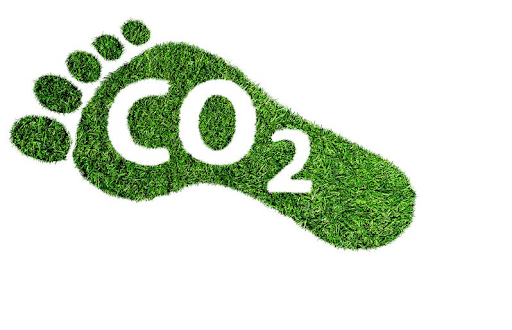What are greenhouse gasses, and what do they do? Economic advancement is a good thing, but global warming is a serious problem that affects us all. If it reaches a certain level, it’s reasonable to conclude that all human progress will become futile. Global warming is the product of greenhouse gas emissions. The gasses are by-products of burning fossil fuels for commercial purposes.
Global warming has serious consequences for the world, its inhabitants’ health, and everything that makes human survival possible. It’s critical to understand which sectors need to prioritize the use of the best carbon footprint calculator as they are contributing the most to global warming.
Sector 1: Electricity Generation and Heat Production
The majority of electricity is generated through thermal power plants. Coal or coal derivatives are burned in thermal power plants to generate energy.
Unfortunately, a considerable amount of greenhouse gasses are created during this process.
After accounting for emissions from electricity consumption, below are the sub-sectors that produce the greatest emissions.
- Agriculture
- Residential
- Manufacturing Industries
These sub-sectors have individual roles in producing carbon dioxide and other harmful gasses. So, you will read about them when you scroll through the post.
Sector 2: Transportation
The transportation industry, which accounts for 28% of greenhouse gas emissions, is also tied with power generation as the most key contributor.
Motor vehicles with internal combustion engines are well-known for using fossil fuels to drive themselves.
These fuels do not entirely combust due to natural and technical limitations, resulting in the creation of greenhouse gasses such as the emission of carbon dioxide.
These gasses are expelled straight into the atmosphere because of the enormous number of automobiles on the road. Hence, emissions soon reach hazardous levels, so carbon footprint tracking becomes essential.
Sector 3: Manufacturing Plants
The industrial sector is responsible for 22% of all greenhouse gas emissions in the UK.
Manufacturing, refining, and food production are examples of industrial operations that release greenhouse gasses. The industry uses fossil fuels on-site for heat, power, or chemical processes.
Oil and gas extraction in the United Kingdom is the second-largest generator of methane, which is the second-largest cause of climate change.
Furthermore, this statistic excludes the indirect emissions caused by industrial activities. For instance, the use of electricity emits 29 % of greenhouse gas contributors to climate change.
Sector 4: Commercial and Residential Emissions
The commercial and residential sectors account for roughly 11% of all greenhouse gas emissions in the United Kingdom. They are responsible for both direct and indirect emissions.
Cooking, heating, using an air conditioner, and improper garbage disposal all contribute to greenhouse gas emissions in the home.
Sector 5: Agriculture
Finally, agriculture, which actually puts food on our tables, accounts for around 10 % of all greenhouse gas emissions in the United Kingdom.
The release of N2O (nitrous oxide gas), a greenhouse gas, by farming has a negative impact on the environment.
When farmers use various soil and crop management practices, the outcome is an increase in nitrogen in the soil and, as a result, a rise in nitrogen emissions.
Conclusion
Not only the authorities but all are concerned about global warming. It has a long-term impact on climate & survival. However, by making regular efforts to improve sustainable living, humans will be able to change the world for the better.
